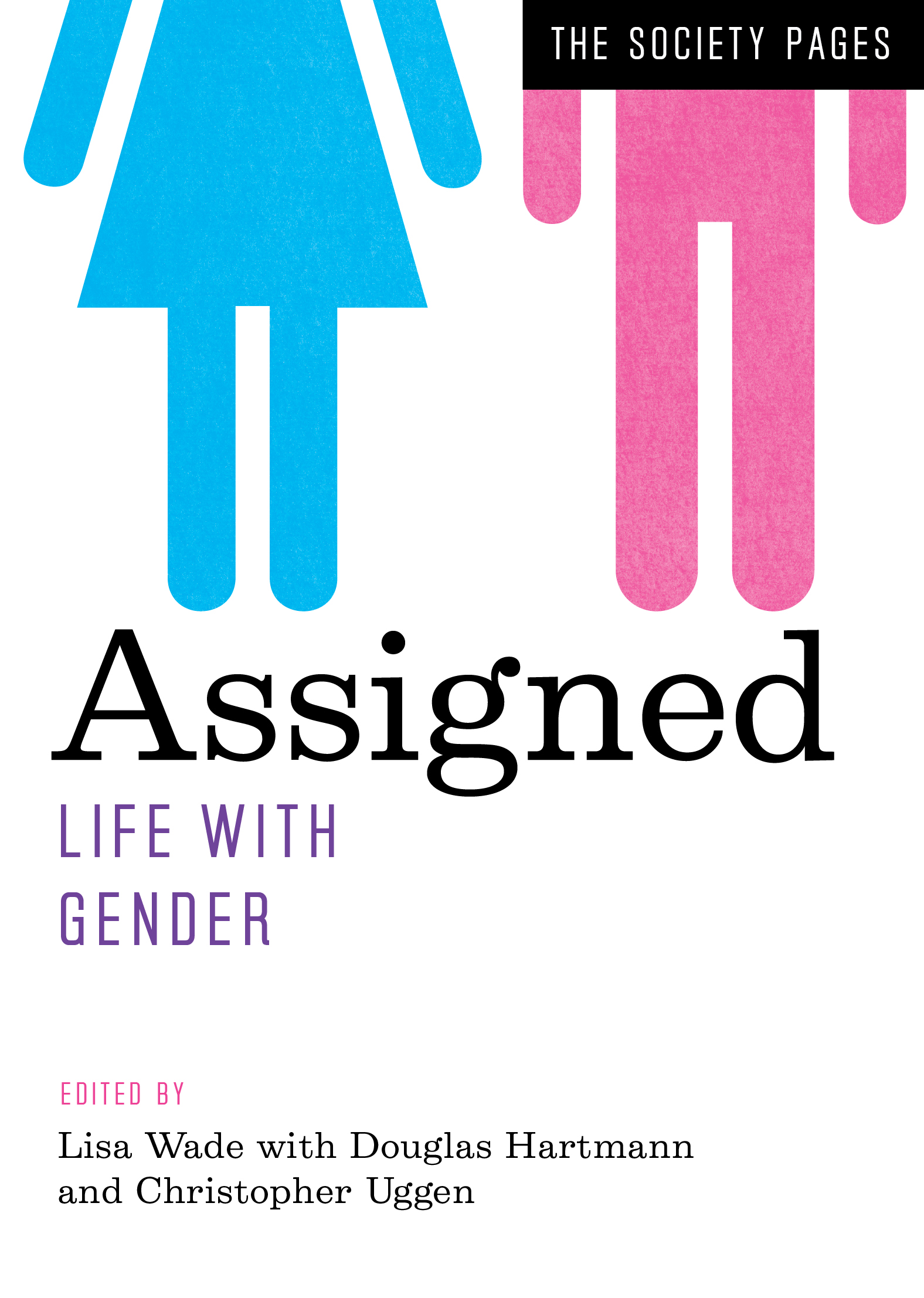Modern journalism is reliant on the idea of objectivity. Even when truth is elusive, if journalists write a balanced story, they can be said to have done a good job.
But what if a story doesn’t have two sides? Sometimes journalists continue to write as if they do, as they did in regards to human caused climate change for a decade. Other times they do so wholly disingenuously, counterposing authoritative voices against ones they know carry no weight with their audience, as they did and still do with coverage of female genital cutting. At still other times, they abandon objectivity altogether, counting on a national consensus so strong that no one could possibly accuse them of being biased, as many did after 9/11.
I think this is the source of some of the discomfort with the media coverage of this election.
What does a journalist do when the editorial board of the Washington Post calls one candidate a “unique threat to American democracy”; the New York Times’ calls him a “poisonous messenger” appealing to “people’s worst instincts”; the Houston Chronicle’s calls him “dangerous to the nation and the world,” a man that should “make every American shudder”; and the far-right National Review’s calls him a “menace”? What does a journalist do when conservative newspapers like the Dallas Morning News call him “horrify[ing]” and endorse a Democrat for president for the first time in almost 100 years? Is this still the right time to be objective? Is this a 9/11 moment?
I suspect that journalists themselves do not know what to do, and so we are seeing all of the strategies playing out. Some are trying hard to hew to the traditional version of balance, but covering asymmetrical candidates symmetrically makes for some odd outcomes, hence accusations of false equivalence and misinforming the public. Some are counting on a consensus, at least on some issues, assuming that things like constitutional rights and anti-bigotry are widespread enough values that they can criticize Trump on these issues without seeming partisan, but it doesn’t always work. Still others are aiming down the middle, offering an imbalanced balance, as when journalists reference the support of David Duke and other white supremacists as their own kind of dog-whistle politics.
Meanwhile, readers each have our own ideas about whether this election deserves “balanced” coverage and what that might look like. And so do, of course, the thousands of pundits, none of whom are accountable to journalistic norms, and the millions of us on social media, sharing our own points of view.
It’s no wonder the election is giving us vertigo. It is itself out of balance, making it impossible for the country to agree on what objectivity looks like. Even the journalists, who are better at it than anyone, are failing. The election has revealed what is always true: that objectivity is a precarious performance, more an art than a science, and one that gains validity only in relation to the socially constructed realities in which we live.
It’s just that our socially constructed reality is suddenly in shambles. Post-truth politics doesn’t give us a leg to stand on, none of us can get a foothold anymore. Internet-era economic realities have replaced the news anchor with free-floating infotainment. Political polarization has ripped the country apart and the edifices we’ve clung to for stability—like the Republican Party—are suddenly themselves on shaky ground. The rise of Trump has made all of this dizzyingly clear.
We’re hanging on for dear life. I fear that journalists can do little to help us now.
Lisa Wade, PhD is an Associate Professor at Tulane University. She is the author of American Hookup, a book about college sexual culture; a textbook about gender; and a forthcoming introductory text: Terrible Magnificent Sociology. You can follow her on Twitter and Instagram.













